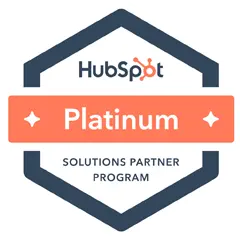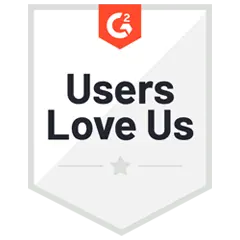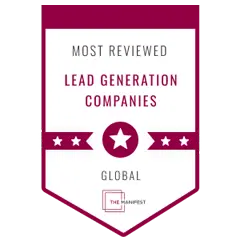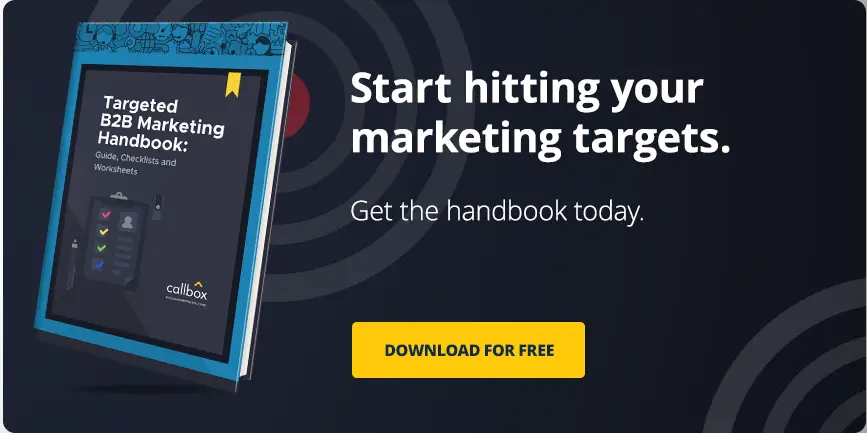Email Send-out Schedules That Will Surely Increase your Conversions
When it comes right down to email marketing, it is essential for B2B marketers to commit to a specific schedule. Having one makes it easier to engage prospects and, more importantly, secure a better position for one’s products and services.
To be more specific, an effective email marketing schedule provides a lot of benefits for companies across different industries. Business decision makers would usually begin or end their day by opening their inboxes, so companies that want to offer their solutions will have to make sure their messages come across to their target audiences and avoid being buried under a pile of promotions and other marketing messages.
Scheduling email marketing sendouts is an important consideration that B2B marketers will have to take seriously. To compete better for the hearts and minds of their prospects, they will need to pinpoint the exact times their prospects should be receiving newsletters and other content.
Whether you are using marketing automation platforms or doing it manually, scheduling your messages lets you maximize your resources, increase your engagements, and accelerate your conversions.
Still, one question is begging to be answered: When would be the right time for prospects to receive emails?
For that, we scoured the web for possible answers, and here’s what we found so far.
Tuesdays
According to research conducted by Customer.IO, the second day of the week seems to be a more viable time to send marketing communications to prospects, pointing out that “Tuesday’s emails have an overall open rate of about 18%, the highest open rate compared to the other weekdays.” This is on account of the fact that decision-makers revert back to “work mode” after undergoing Monday’s post-weekend slump. In the afternoon, people are about to leave work and set their agendas the day after. This gives you an opportunity to slip in your emails just when they are opening their inboxes.
Related: How to Make Sure Your Cold Emails Make it to the Inbox [VIDEO]
Midweek
Generally, a lot of businesses concur that email blasts are generally done in the middle of the week when people are at the peak of their focus when it comes to working. This article on Wordstream points out that the ideal time to send is between 1 to 3 PM, although morning sendouts from 9 to 11 AM is also preferable. For MailChimp, on the other hand, sending out at 2 PM provides the most leverage in terms of getting better engagements.
Thursday morning
The same article suggests an even better time for an email blast. Thursday mornings provide basically the best conditions for decision-makers to open marketing messages, to Wordstream at least. Despite being too early a time, an 8 AM email blast (consistent with the recipient’s time zone, of course) does secure higher open rates compared to other schedules during the day.
Sundays
Email blasts on the weekend?! Well, it is possible if you think about it very carefully. In the Email Marketing Quarterly Benchmark Study for the Fourth Quarter of 2013 cited in an article by Get Response, Experian points out that Sundays are the best day to send emails. Furthermore, the best time to receive them typically ranges from 8 PM to 11:59 PM. It’s an unusual time for a send-out since most email bounces happen during the weekends, but if done right, organizations can see an improvement in their click-through rates and conversions.
Anywhere after work hours
Campaign Monitor has different findings for optimum send outs. According to its own analysis, 24% of emails are opened from 6 PM to 11 PM just when decision-makers are going home. It makes sense since the rush hour traffic in the earlier part of this frame provides the most appropriate time to open emails using mobile. Campaign Monitor goes on to say that at least 47% of all emails are opened outside of work hours, demonstrating the need for companies to optimize their newsletters and other email content for mobile users.
Our verdict
What we learned from these observations is the fact that most B2B decision-makers prefer to open emails outside of their offices. The general principle is to conduct email blasts before or after the workday begins. This is not to say your business should follow this as a general rule of thumb. You can also create efficient campaigns by testing out different times of the day and acquire an effective time frame that fits your marketing objectives.
Related: Quick Ways to Improve Your Email Marketing Strategy
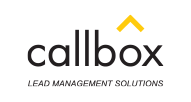
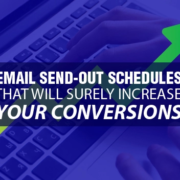
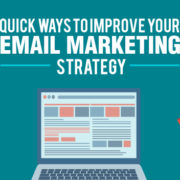
![How to Make Sure Your Cold Emails Make it to the Inbox [VIDEO]](https://www.callboxinc.com.au/wp-content/uploads/2018/02/How-to-Make-Sure-Your-Cold-Emails-Make-it-to-the-Inbox-180x180.webp)
